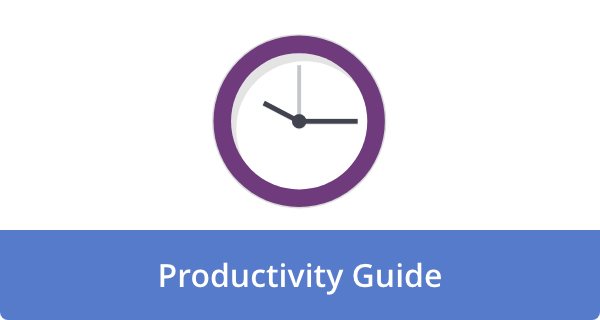
Economic forecasts anticipate the personal consumption expenditures (PCE) price index to register a 2.2% annual rate for April, according to recent projections. This key inflation indicator, closely monitored by the Federal Reserve, continues to provide critical insights into consumer spending patterns and price pressures across the U.S. economy.
The PCE price index serves as the Federal Reserve’s preferred inflation gauge, making this expected reading particularly significant for monetary policy decisions. At 2.2%, the figure would represent a modest rate that approaches the Fed’s long-stated inflation target of 2%.
Understanding the PCE Price Index
Unlike the more widely reported Consumer Price Index (CPI), the PCE price index captures a broader range of household spending and adjusts for changes in consumer behavior. The index tracks price changes for goods and services purchased by all households and certain nonprofit institutions serving households.
The expected 2.2% annual rate suggests inflation pressures may be moderating compared to previous periods when inflation ran significantly higher. This reading would offer policymakers and investors valuable information about the current state of price stability in the economy.
Implications for Monetary Policy
The Federal Reserve has maintained a hawkish stance on interest rates in recent months, aiming to bring inflation down to its target level. A PCE reading of 2.2% could influence the central bank’s decisions regarding future interest rate adjustments.
Market analysts will likely scrutinize this figure to gauge whether the Fed might consider rate cuts later in the year. The proximity to the 2% target could signal that restrictive monetary policy is achieving its intended effect of cooling inflation without severely hampering economic growth.
Consumer Spending Outlook
The PCE data also provides insights into consumer spending patterns, which drive approximately two-thirds of U.S. economic activity. The expected 2.2% rate suggests consumers continue to face moderate price increases across various goods and services.
Key components of the index include:
- Food and beverage costs
- Housing expenses
- Transportation costs
- Healthcare spending
- Recreational goods and services
Economists note that consumer resilience remains a critical factor in the overall economic outlook. How households respond to current price levels will help determine whether the economy can maintain growth while inflation continues to moderate.
The forthcoming PCE data will be analyzed alongside other economic indicators, including employment figures, GDP growth, and consumer sentiment surveys, to form a comprehensive view of economic conditions. This holistic approach helps policymakers and market participants better understand the complex dynamics at play in the current economic environment.
As financial markets await the official release of April’s PCE figures, investors and analysts continue to position themselves based on expectations that inflation is gradually moving toward more sustainable levels. The actual data, when published, will either confirm these expectations or prompt reassessment of economic projections for the remainder of the year.











Howie Jones
My name is Howie and I'm a Customer Success Manager at Calendar. I like to ensure our customers get the best experience using our product. If you have questions email me howie at calendar.com